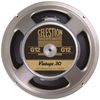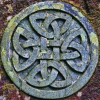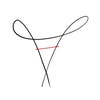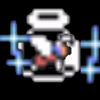Panning with only a few instruments?
I’m struggling to pan the chorus of my song. It only has drums, bass, one slightly distorted guitar and a lead vocal.
The drums have a nice default panning spread from L-R in the DAW I’m using (Logic). But the convention I’m reading online recommends putting bass and vocal in the centre.
My question is, what do I do with the guitar, which is just playing a power chord at the beginning of each bar.
I like songs that fill the stereo spectrum but due to the composition, this one seems narrow by comparison.
I’ve read about stereo expanders but I’m not sure when to sure them. I was also thinking that I could somehow split the guitar into two tracks by frequency and pan those differently. Not sure how to go about that yet and then not sure if I would need to do the same for vocals in that case.
Any suggestions on how to make the mix a bit more exciting without changing the composition ?





Add comment